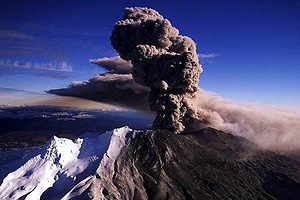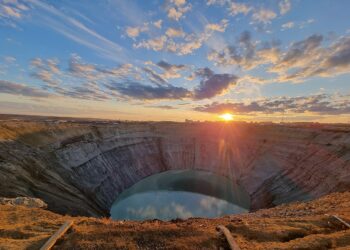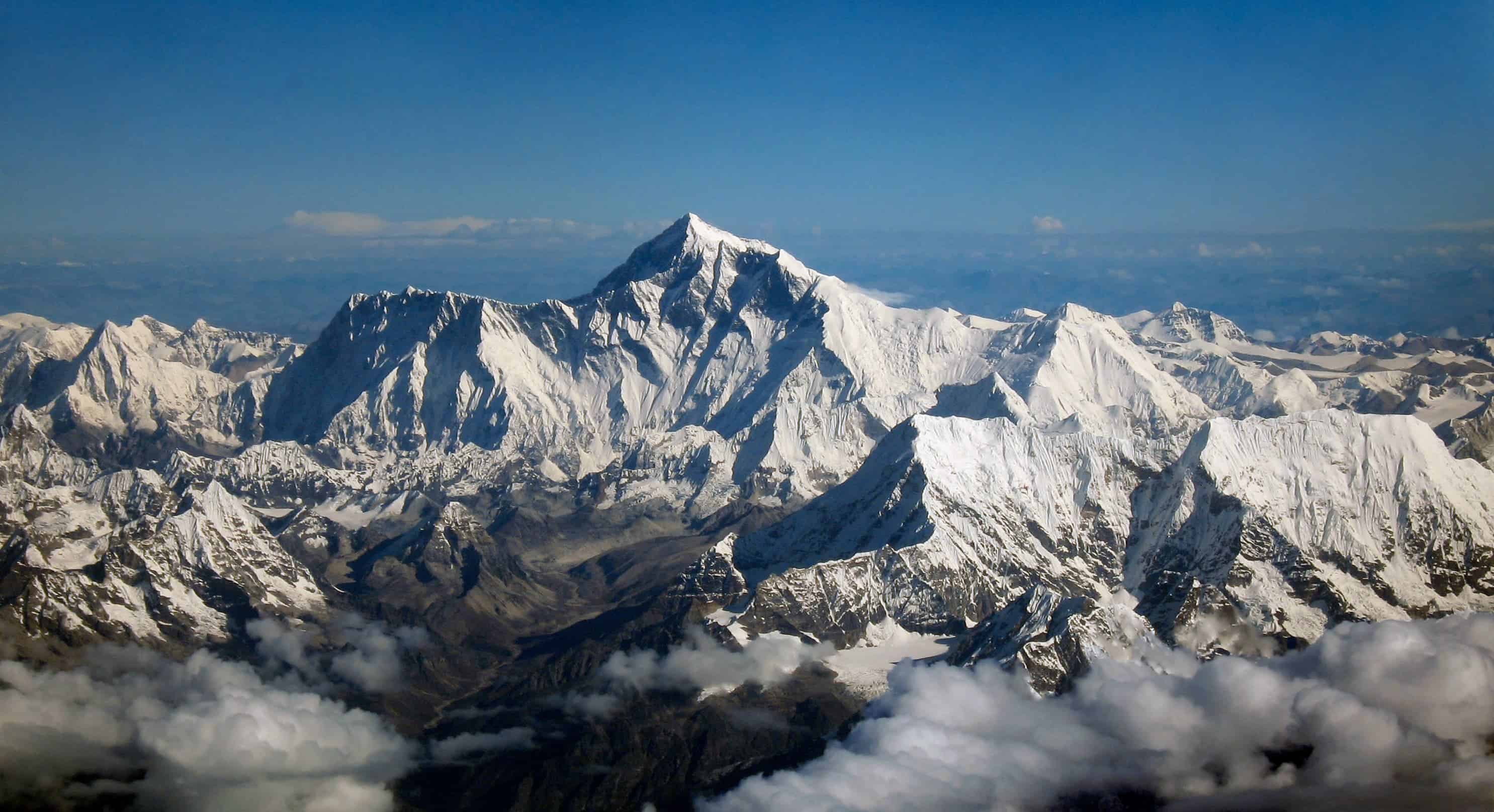
For his fantastic Lord of the Rings trilogy, director Peter Jackson relied on two volcanoes in New Zealand, Mount Ngauruhoe and Mount Ruapehu, to portray Mount Doom. The latter, however, is keen on showing that it can be bad off-screen as well, after geologists warn that it’s nearing an impending eruption.
“The current situation can’t continue, Ruapehu is so active that the temperatures have been going up and down a lot,” DOC volcanic risk manager Harry Keys told Radio New Zealand.
“They generally haven’t gone up as we’ve expected for some weeks now and sooner or later that situation will be rectified, either in a small, relatively passive way, or with a significant eruption.”
Temperature measurements from a few hundred meters below the lake that sits in the mountain’s crater range at around 800 degrees Celsius (1,472 Fahrenheit), however the water temperature of the lake itself lies only at 20 degrees Celsius. This is a clear sign, according to geologists, that a vent was partially blocked, leading to increased pressure that made eruptions more likely “over the next weeks to months”.
The Department of Conservation (DOC) warns tourists not to stray too close to Ruapehu. The biggest concern, as with all volcanic eruptions, lies with lahar — an avalanche-like wave of ash, mud, gravel and debris, triggered by volcanic activity. Ruapehu’s last eruption was in 2007, when a steaming lahar rushed down hill, causing no injuries fortunately. In 1953, however a massive lahar from the mountain caused New Zealand’s worst rail disaster when it washed away a bridge at Tangiwai and a passenger train plunged into the Whangaehu River, claiming 151 lives.






